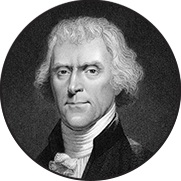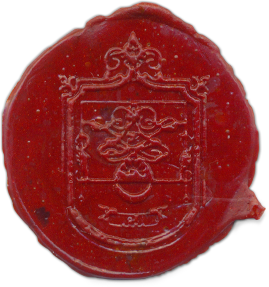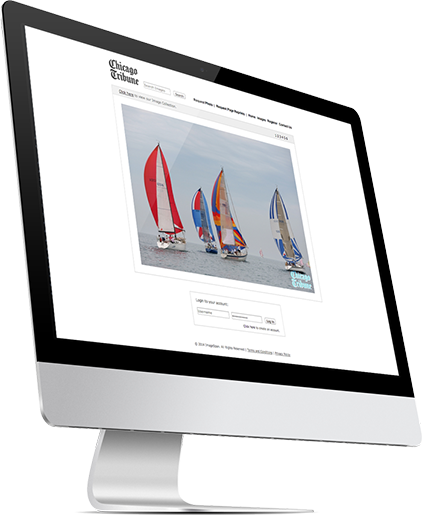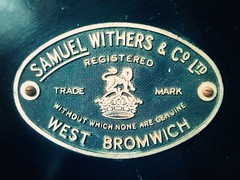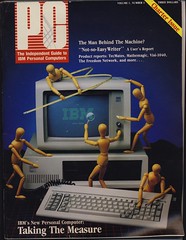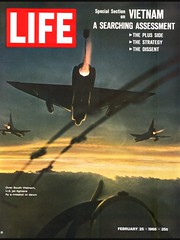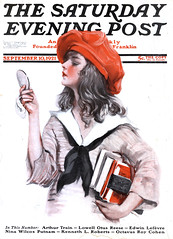For a company like Lenovo, which is Chinese owned but massive and global in scope, the brand team discovered that they couldn't bank just on Lenovo’s product superiority and innovations to build awareness and consideration. This was especially a challenge in the very noisy tech industry and especially in a market like PCs, where there is intense competition and consumers are spoilt for choice. Their goal was to reach into new markets and segments that didn’t know the Lenovo brand and build trust with younger audiences.
"We realized we had to do a lot more than just allowing our products speak for themselves,” says Content Marketing Architect Vikram Raghavachari. “We had to have sources of credible endorsement. Our CMO, David Roman, had the vision that we should be using product reviews to amplify our successes and product features. We needed expert opinion to speak for us in our communication.” The company’s Brand Communication division created a Third Party Advocacy program, which includes a lot of different elements, with licensed product review quotes and award logos being one part.
“It can be very hard for today’s informed consumers to believe claims about products—especially with all the digital clutter. Of course there are professional product reviews on many sites, but there is no guarantee that the target audience is aware of them. Especially at the early stages of the customer decision journey, prospective buyers are exploring options and alternatives, rather than reading reviews,” Vikram says.
“Our efforts,” he says, “include ensuring all those voices and opinions are translated into marketable material, and used strategically. Licensing and obtaining rights to use product review based content is a foundational step to using any material from professional product reviewers. A responsive partner with the reach and connections to meet almost any need is essential.” Lenovo found Wright’s Media to be exactly the kind of agency it needed to support the Third Party Advocacy (TPA) program.
So the TPA program has central business objectives:
- Remind people that there are good reviews about Lenovo products
- Highlight specific things that a professional review has found, or that Lenovo won an award
- Promote the use of corporate or category level accolades
Because, Vikram says, “We know that seeing or hearing good things about a brand is in the top three reasons for consideration. Reinforcing good quotes from a product reviews is often the start of beneficial sentiment on digital and social channels.”
Often, Lenovo’s global product launches use product quotes in high visibility launch advertising. Lenovo looks for certain kinds of reviews, from particulars kinds of media brands. It selects the most appropriate component for the asset or collateral being developed, keeping space, cost and media in mind.
Lenovo has almost made a science of the Third Party Advocacy effort. The use of product reviews isn’t restricted to just quotes. “We make efficient use of the review – and that could be a punchy quote as a headline, the star rating, the benchmark tests, or just simply an award logo from CES.”
The Third Party Advocacy program has many more parts to it that address the needs of Lenovo’s commercial customers as well. For every target audience, licensed product reviews play an important role in Lenovo’s marketing communication.
The result of this integrated strategy?
Lenovo derives benefits at many levels. “I can tell you broadly that we look at larger indicators down to asset level performance. If you look at a web banner or a social media post, we have numbers that show that those assets with quotes and/or awards logos have a lot more engagement than those without,” Vikram says. Lenovo has seen that product review based content brings value to the communication that makes it easier for customers to zero in on products and features that matter to them.
“Assets with content from reviews have a direct effect on sales and the brand effect shows up in our regular tracking surveys, which clearly show the importance of product reviews. It works for our customers and us, and we intend to keep it that way,” says Vikram.








